Have you ever had too much of a good thing?
Researchers at Emory University have recently found that this certainly rings true when it comes to HDL cholesterol.
For a long time, high-density lipoproteins (HDL cholesterol) have been referred to as the “good” cholesterol because they help remove other, more harmful forms of cholesterol, such as LDL cholesterol from your blood, thereby reducing the risk of clogged arteries and atherosclerosis (the thickening or hardening of the arteries caused by a build-up of plaque in the inner lining of an artery).
We have associated HDL cholesterol with being positive for our health, and to a large extent, this is true.
Traditionally, physicians have told their patients that the higher their good cholesterol, the better. Having HDL under 40 mg/dL increases your risk of developing heart disease, and typically, doctors recommend an HDL level of 60 mg/dL of blood or higher. However, the results from this study and others suggest that this may no longer be the case.
A Look at the Research
In 2018, researchers at Emory University conducted a study that investigated the relationship between HDL cholesterol levels and the risk of heart attack and death. Approximately 6,000 people were involved in the study, and most of them had established heart disease. The average age of the participants was 63 years old and 35% were female.
The participants were divided into five groups according to their HDL cholesterol level: less than 30mg/dl (0.78 mmol/L), 31–40 mg/dl (0.8–1 mmol/L), 41–50 mg/dl (1.1–1.3 mmol/L), 51–60 mg/dl (1.3–1.5 mmol/L), and greater than 60 mg/dl (1.5 mmol/L).
After roughly four years, the researchers checked in. 13% of participants had a heart attack or had died from a cardiovascular cause. As expected, many of these ailing or deceased participants came from the group with low levels of HDL, or ‘good’ cholesterol.
But surprisingly, the other most at-risk group was the group with the highest levels of HDL. Those who had HDL cholesterol levels greater than 60mg/dl had an almost 50% greater chance of dying from a cardiovascular cause or having a heart attack than those in the mid-range of HDL levels of 41-60 mg/dl.
The findings were consistent even after taking into consideration other factors that increase heart disease risks, such as diabetes, smoking, LDL cholesterol, as well as other factors that could influence HDL levels — like alcohol consumption, race, and sex.
A 2017 study published in the European Heart Journal also found a strong association between high HDL cholesterol levels and increased risk of death. More than 50,000 men and more than 60,000 women from two large population studies were included in this analysis. The conclusion was that high HDL cholesterol levels are associated with a significantly increased risk of death from all causes, not just cardiovascular disease.
HDL: Our Garbage Truck
To grasp what is going on and understand why too much of a good thing could become a bad thing, we need to investigate the role HDL cholesterol plays in our bodies.
So, let’s make it simple.
High-density lipoproteins are like little garbage trucks that move around our bloodstream and collect any excess cholesterol and transport it to the liver to be processed and eliminated. When we’re measuring HDL cholesterol, we ultimately measure how much garbage (cholesterol) is inside the little trucks.
A fair assumption, which is what we have done for years, is that the higher your HDL cholesterol levels, the more rubbish the trucks are picking up. However, it’s not as simple as that and research is revealing that there’s a lot more to it than meets the eye. This interpretation assumes that there are enough little garbage trucks to do the job, that they are all functioning properly, and that they will completely unload as soon as they get to the landfill (our livers).
Sometimes our little garbage trucks are so full because there aren’t enough of them to handle all the garbage that needs to be collected. Sometimes, the garbage trucks are loaded with cholesterol because they’re not functioning properly and aren’t unloading all of the rubbish. This is as if the garbage trucks were uselessly driving around not able to pick up any more garbage because they are already full.
So, what we really need to focus on when we look at HDL and try to predict cardiovascular health, is not how much HDL we have but how much healthy HDL function we have. Now this measure may be hard to ascertain but researchers and laboratories are now underway creating tests that will give us a clear indication of healthy HDL function. Currently, there are some tests available that can do this but they still need more refinement.
How to Keep your HDL Cholesterol in the Optimal Range
We’ve seen that studies now appear to be showing that the relationship of HDL cholesterol levels to heart disease and overall mortality is akin to the goldilocks principle: too little and too much of this blood lipid are, on average, associated with an elevated risk of heart disease, cancer, and premature death. This is unlike LDL cholesterol, where there is no sweet spot: the higher it is, the worse you’re doing.
So what is the sweet spot? In what range are your HDL levels “just right”?
While the answer does slightly depend on your family history and what else might be wrong with you, the Emory University study revealed that the sweet spot was an HDL level between 40 and 60 mg/dL of blood. This is where the health risk was at its lowest.
Now the question remains, what steps can you do to make sure that your HDL cholesterol is “just right”?
If You Have High HDL Cholesterol
Now perhaps your HDL level is 80, 90, or even higher. Don’t get too concerned just yet! Not everyone with high HDL cholesterol needs treatment.
Other risk factors should be considered. In addition to traditional cardiac risk factors, others that should be taken into account include family history, ethnic background and disorders like metabolic syndrome, chronic kidney disease, inflammatory conditions, early menopause and even pregnancy-related high blood pressure.
If treatment is required, it should begin with lifestyle: a heart-healthy diet and physical exercise, and a focus on addressing the other modifiable risk factors such as high blood pressure, smoking, and obesity.
If You Have Low HDL Cholesterol
Having low HDL cholesterol levels is a lot more common. If you’ve been told that you need to increase your HDL levels to optimize health, keep reading to discover several HDL-boosting tips.
1. Exercise
Being active is not just great for improving body composition, boosting your moods, and balancing your blood sugar. It has also been shown to improve your lipid and lipoprotein profile and lower your risk of heart issues.
A 2007 meta-analysis involving 25 studies, showed that approximately 120 minutes of weekly exercise was required to experience an HDL benefit. The researchers also concluded that the more you exercise has more of a benefit than the intensity or frequency. In this case, the more is better.
2. Stop Smoking
Not only is smoking bad for your lungs, but it’s also bad for your heart. Large population based studies have shown smoking reduces levels of HDL and leads to an increased risk of heart issues.
If you quit smoking, studies have shown that you can experience a reversal in HDL levels and a reduced cardiovascular disease risk similar to that of someone who has never smoked.
3. Increase heart-healthy fats
Increase your intake of foods high in omega-3 fatty acids, such as avocados, walnuts, chia seeds, and flaxseeds. Omega-3s are known for their heart-healthy benefits. For example, they have been shown to significantly reduce the risk of sudden death caused by cardiac arrhythmias and all-cause mortality in patients with known coronary heart disease. They have also been shown to raise HDL levels and lower blood pressure.
Supplementation of omega-3 fatty acids is also recommended. A systematic review and meta-analysis indicates that DHA (docosahexaenoic acid), a type of omega 3, is the most effective in improving HDL levels with one meta-analysis showing a 4.49 mg/dL increase in HDL when subjects were given DHA compared to placebo who didn’t receive the DHA.
4. Increase antioxidant-rich foods
Antioxidants are also important as they help to protect your heart from unstable molecules called ‘free radicals,’ which can occur from exposure to smoking, pollution, chemicals, radiation, and as a by-product of normal metabolic functions.
Free radical damage or oxidative stress has been linked to the development of atherosclerosis and incident coronary artery disease. Colorful fruits and vegetables are high in antioxidants, especially berries, grapes, and green tea. The greater the antioxidant capacity, the better your HDL cholesterol profile.
The Verdict?
If your HDL levels fall in the optimal range, it’s likely functioning as it should, protecting your cardiovascular system and cleaning up other various things your body no longer needs. The existing research shows us that there is likely an upper limit to what is healthy and ideal.
An elevated HDL level may be just as bad as having low HDL levels, and we may have to rethink the “the more is better” maxim we’ve followed for decades.
Recipe Spotlight: Beetroot Cleanse Smoothie
Beetroot is one of the best heart-friendly foods you can include in your diet. Its earthy flavor, however, can sometimes turn people off from using this root vegetable. But if you know how to treat this ingredient right, you can easily come up with a mouthwatering and healthy dish.
Our beetroot recipe includes not just this root veggie but also other fruits and vegetables high in antioxidants and nutrients crucial to your cardiovascular health. The best part is, it only takes three steps to make! And if you have any leftovers, you can keep it in the fridge for up to two days. Enjoy!





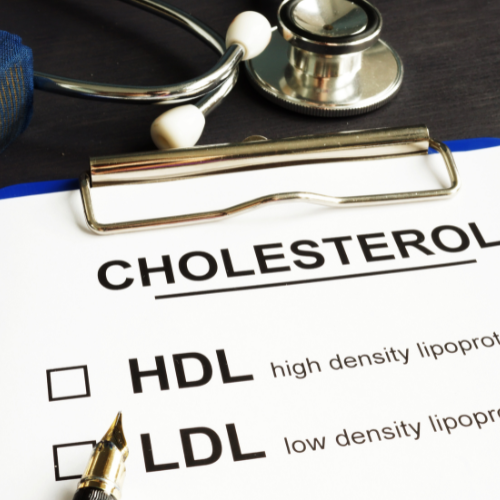




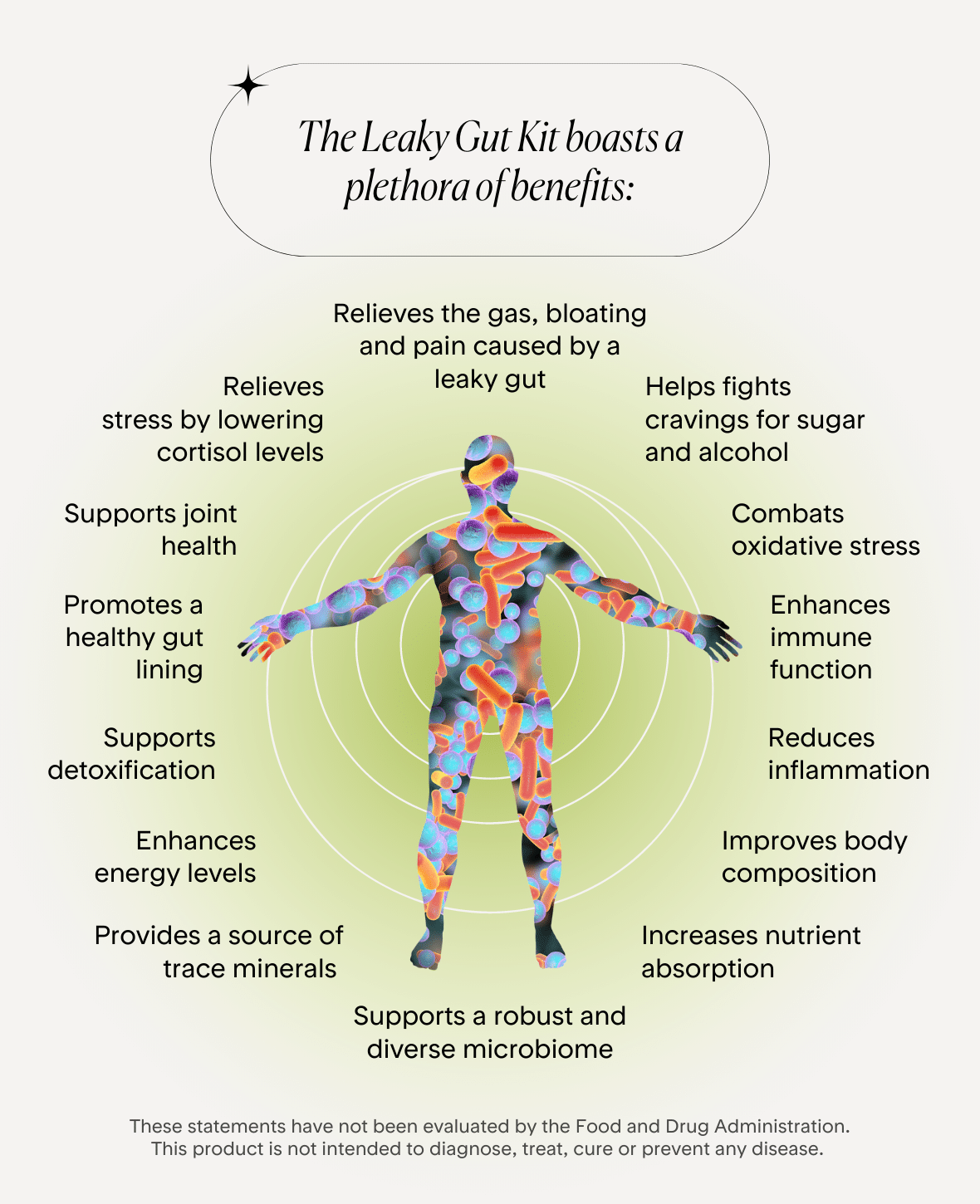



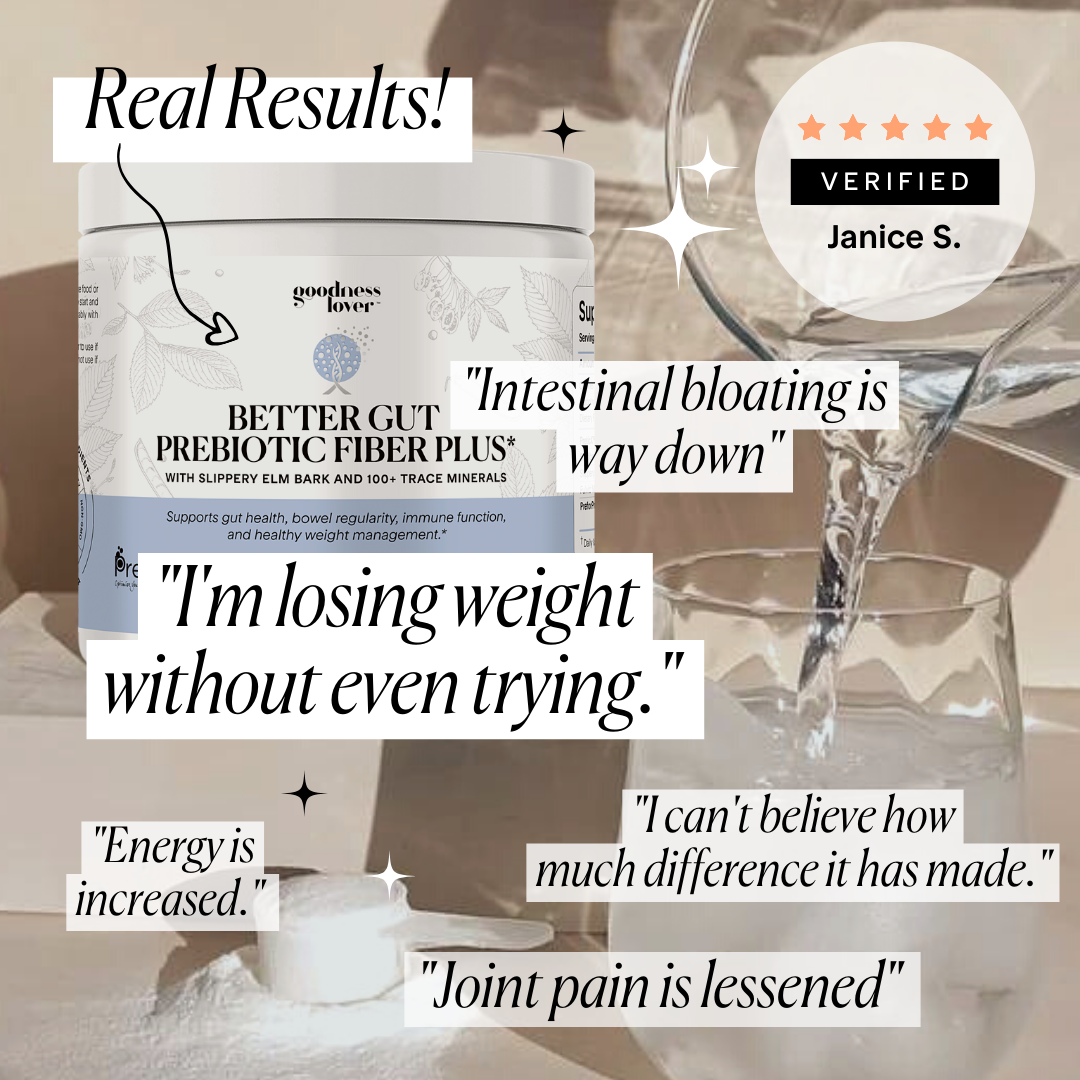
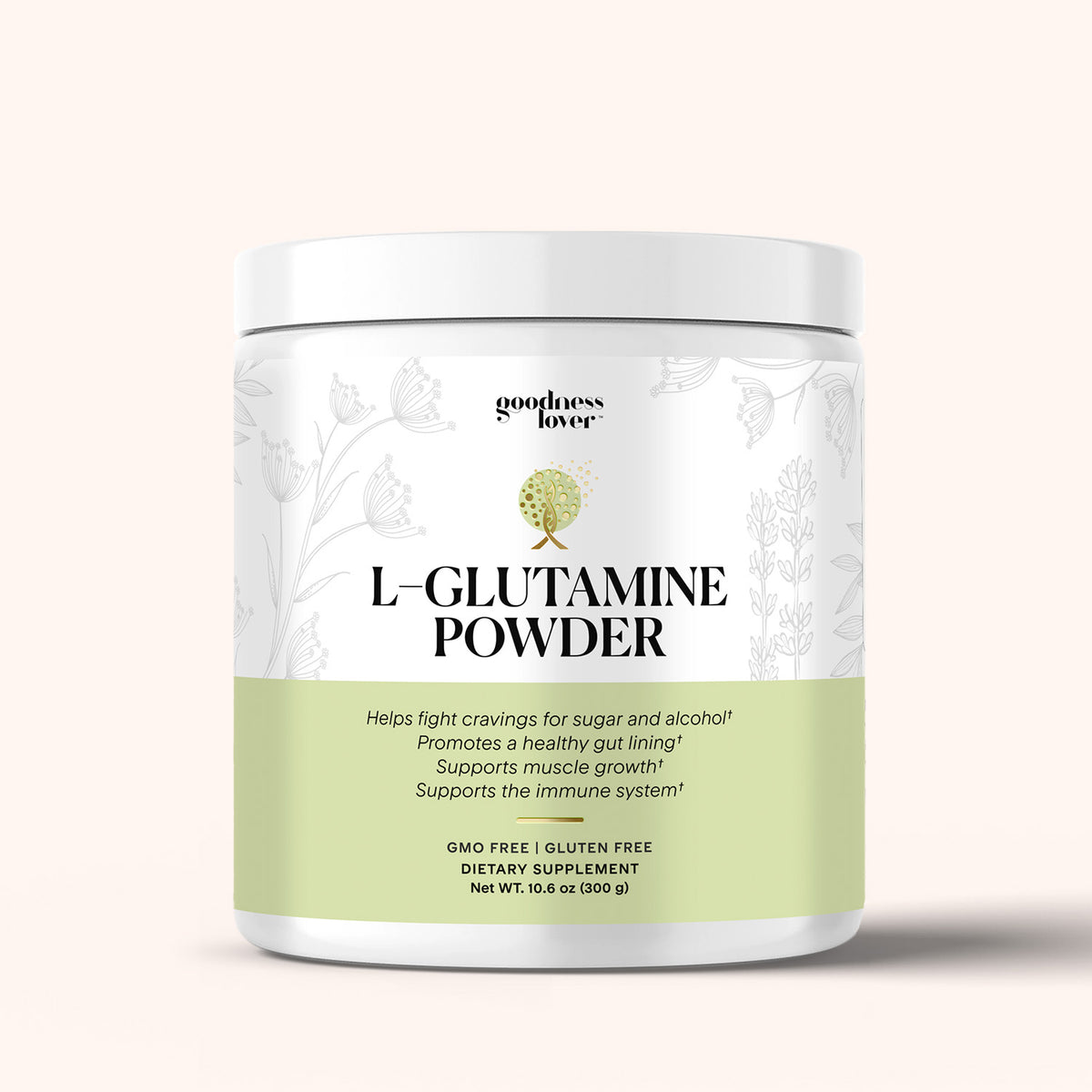
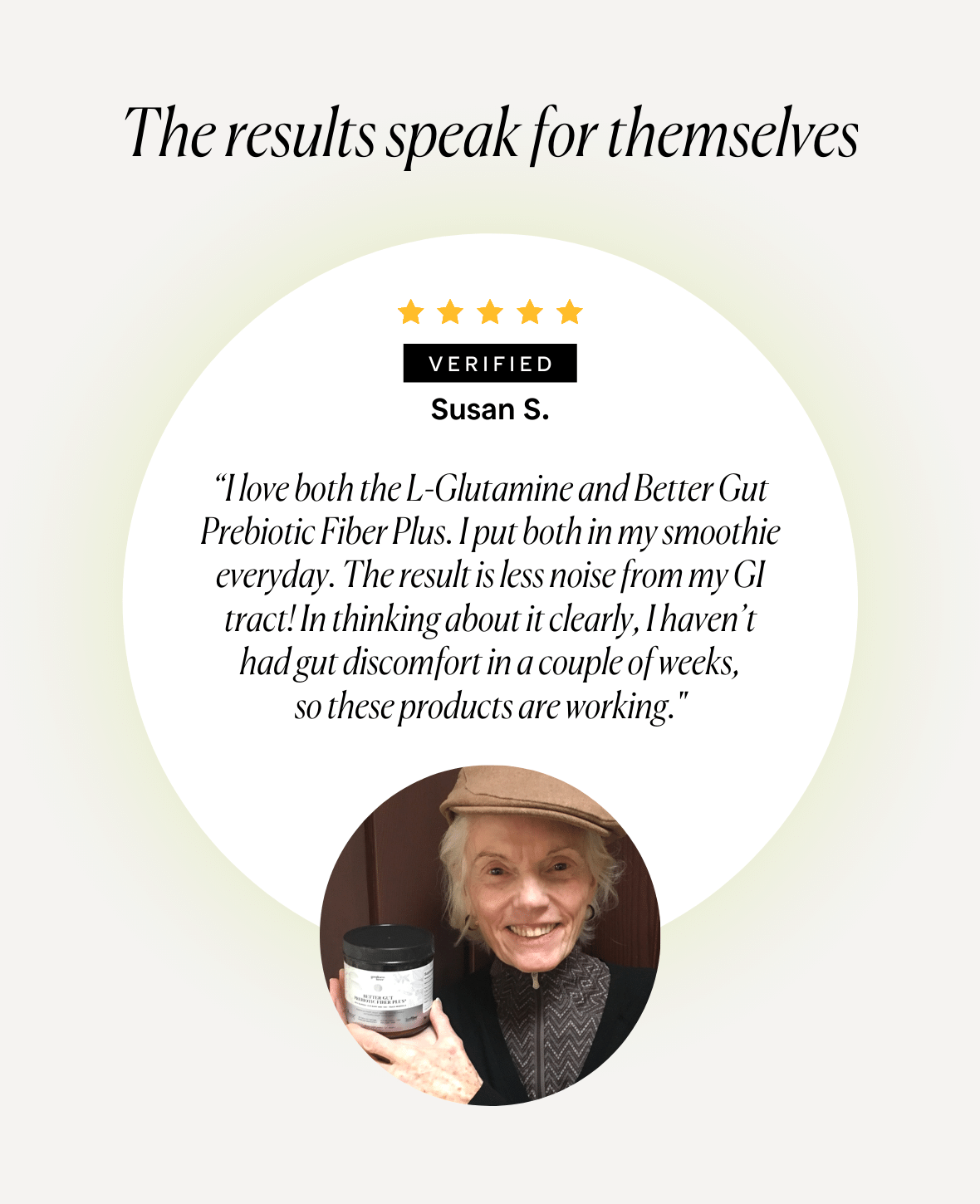

What Do You Think? Comment Below: